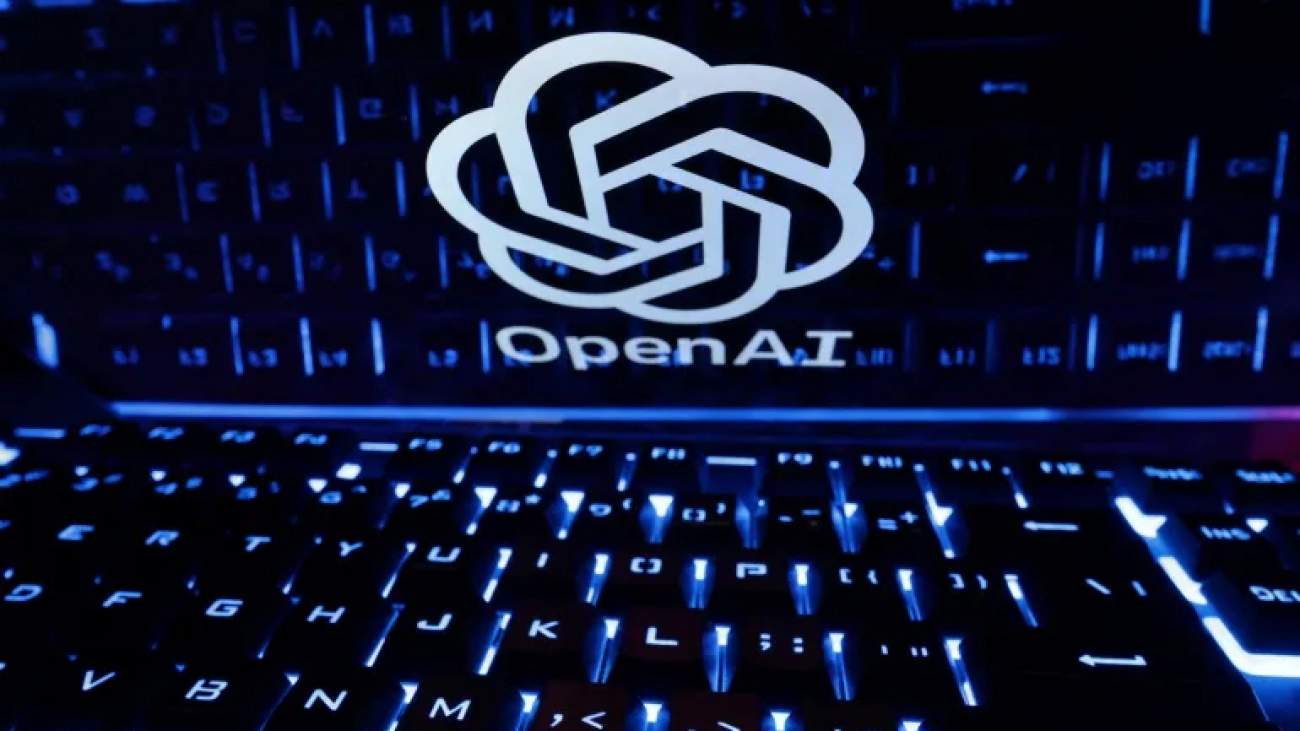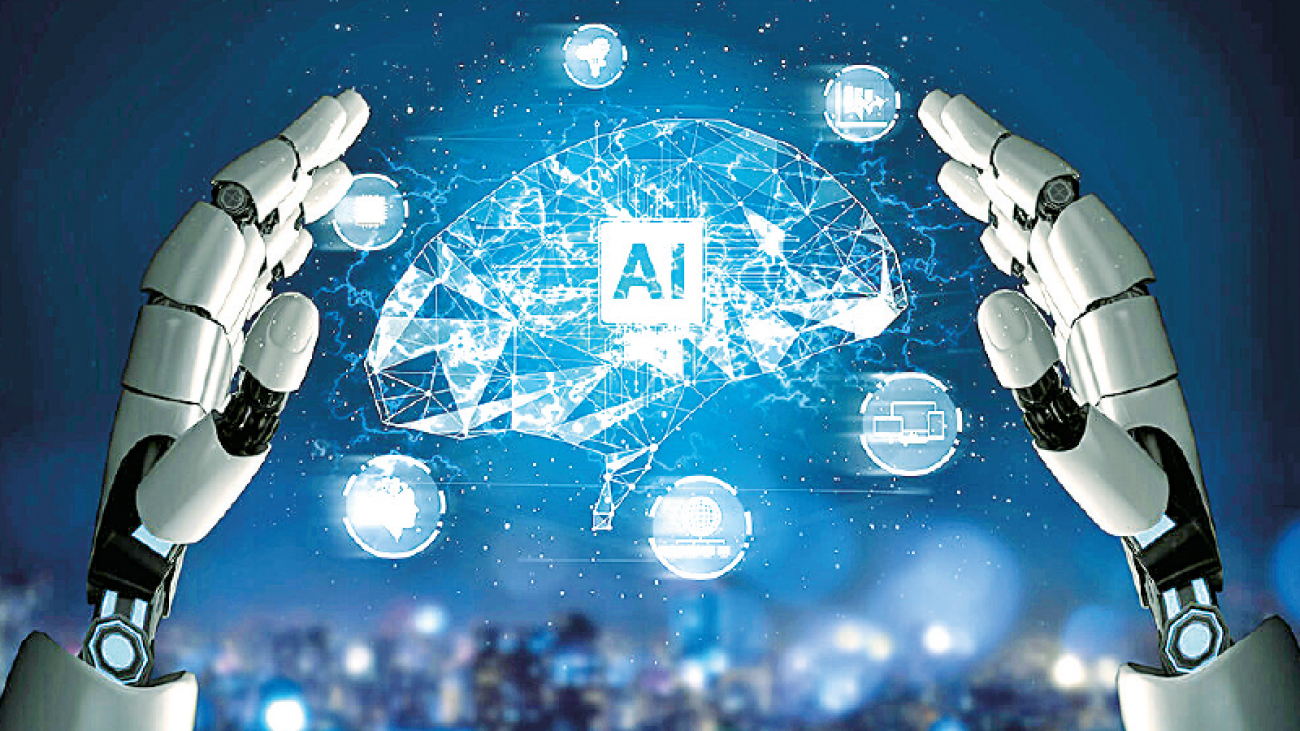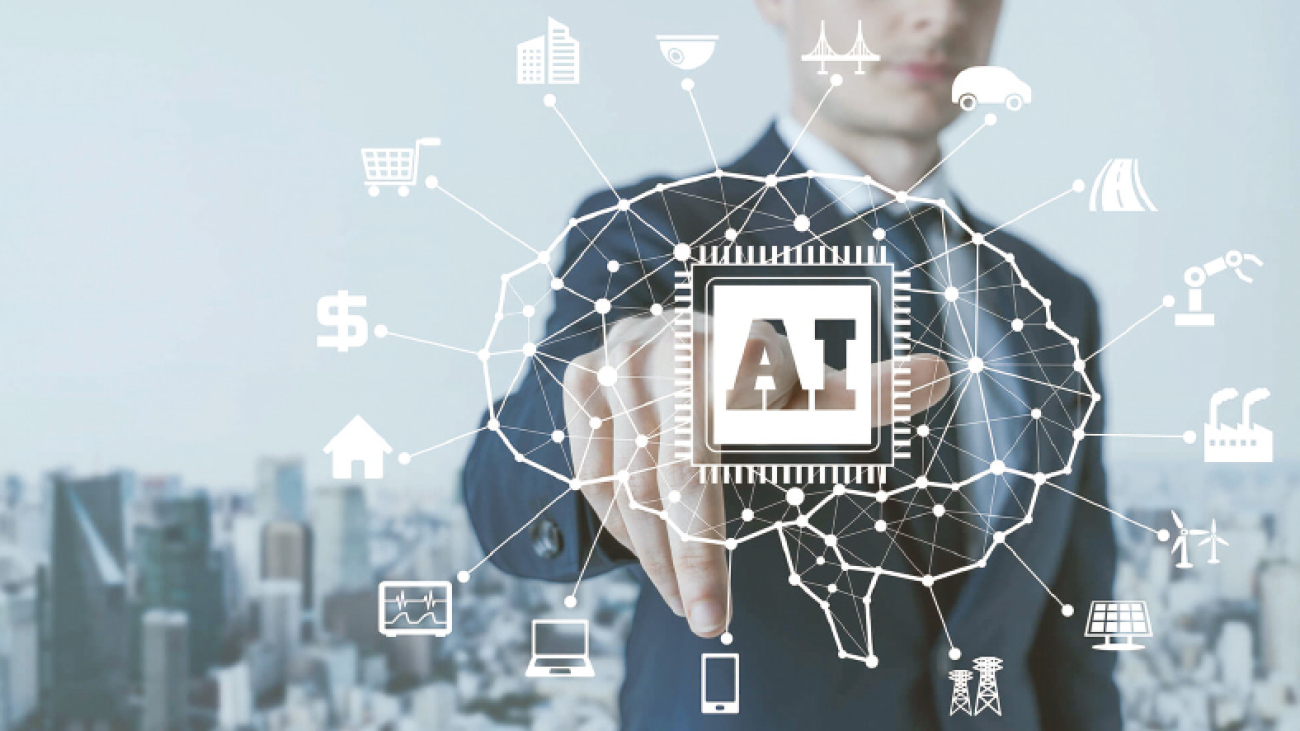Artificial Intelligence (AI) has immense potential to transform various sectors of Bangladesh’s economy. Let’s explore how AI can impact different areas:
- Financial Sector:
- Enhanced Customer Service: AI-powered chatbots and virtual assistants can handle customer inquiries, process transactions, and provide personalized recommendations.
- Risk Assessment: AI algorithms can analyze vast amounts of data to assess credit risk, detect fraud, and improve loan approval processes.
- Algorithmic Trading: AI can optimize investment strategies, predict market trends, and automate trading decisions.
- Financial Inclusion: AI-driven mobile banking and payment systems can extend financial services to underserved populations.
- Health Sector:
- Disease Diagnosis: AI can assist doctors in diagnosing diseases, interpreting medical images (like X-rays and MRIs), and predicting outbreaks.
- Drug Discovery: AI algorithms can accelerate drug discovery by analyzing molecular structures and predicting potential drug candidates.
- Healthcare Management: AI can optimize hospital operations, patient scheduling, and resource allocation.
- Telemedicine: AI-powered chatbots and virtual health assistants can provide medical advice and monitor patients remotely.
- Education Sector:
- Personalized Learning: AI can adapt educational content to individual student needs, providing personalized learning experiences.
- Automated Grading: AI can grade assignments, quizzes, and exams, saving teachers time and ensuring consistency.
- Early Intervention: AI can identify students at risk of falling behind and recommend targeted interventions.
- Language Translation: AI-powered language tools can bridge language barriers and enhance access to educational resources.
- Agriculture:
- Precision Farming: AI can optimize crop management, monitor soil health, and predict crop yields.
- Pest Detection: AI can identify pests and diseases early, allowing timely interventions.
- Weather Forecasting: AI models can improve weather predictions, helping farmers plan their activities.
- Smart Mobility & Transportation:
- Traffic Management: AI can optimize traffic flow, reduce congestion, and enhance public transportation systems.
- Autonomous Vehicles: AI-driven self-driving cars and buses can improve safety and efficiency.
- Supply Chain Optimization: AI can enhance logistics, route planning, and delivery processes.
- Skill & Education:
- Skill Development: AI can offer personalized skill development programs, vocational training, and lifelong learning opportunities.
- Digital Literacy: AI can promote digital literacy and bridge the digital divide.
- Online Learning Platforms: AI can recommend relevant courses and resources based on individual preferences.
- Finance & Trade:
- Trade Facilitation: AI can automate trade documentation, customs procedures, and supply chain management.
- Market Analysis: AI algorithms can analyze market trends, predict demand, and inform trade decisions.
- Fraud Detection: AI can detect fraudulent transactions and enhance cybersecurity.
In summary, Bangladesh can take advantage of AI across various sectors to enhance efficiency, improve services, and drive economic growth. However, addressing challenges such as security, privacy, and skill development is crucial for successful AI implementation.




